In nature’s most challenging landscapes, some plants have evolved extraordinary adaptations to thrive. Each plant tells a story of survival, transforming harsh environments into their home. This article explores remarkable examples of such plants, highlighting their adaptations and the extreme conditions they endure. These plants not only survive but flourish where few others can.
Welwitschia mirabilis (Namib Desert, Africa)
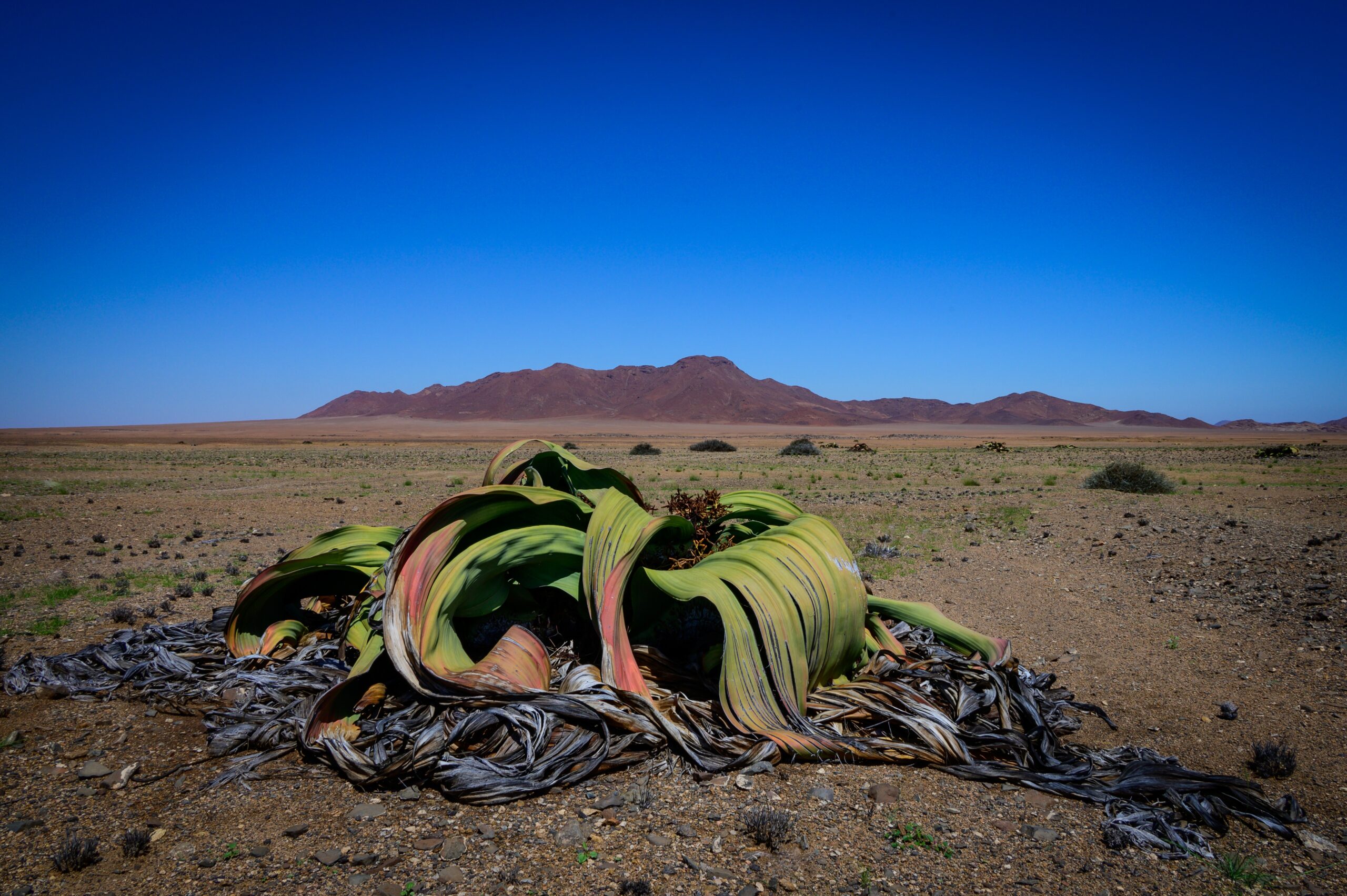
Welwitschia mirabilis is a plant that defies conventional expectations. It lives in one of the harshest deserts on Earth, the Namib Desert. This plant has only two leaves, but they grow continuously throughout its life, reaching lengths of several meters. It survives by absorbing moisture from the fog that rolls in from the Atlantic Ocean. Welwitschia can live for over 1,000 years, making it one of the oldest living plants. Its deep taproot and the ability to capture dew allow it to thrive in arid conditions.
Saguaro Cactus (Sonoran Desert, North America)
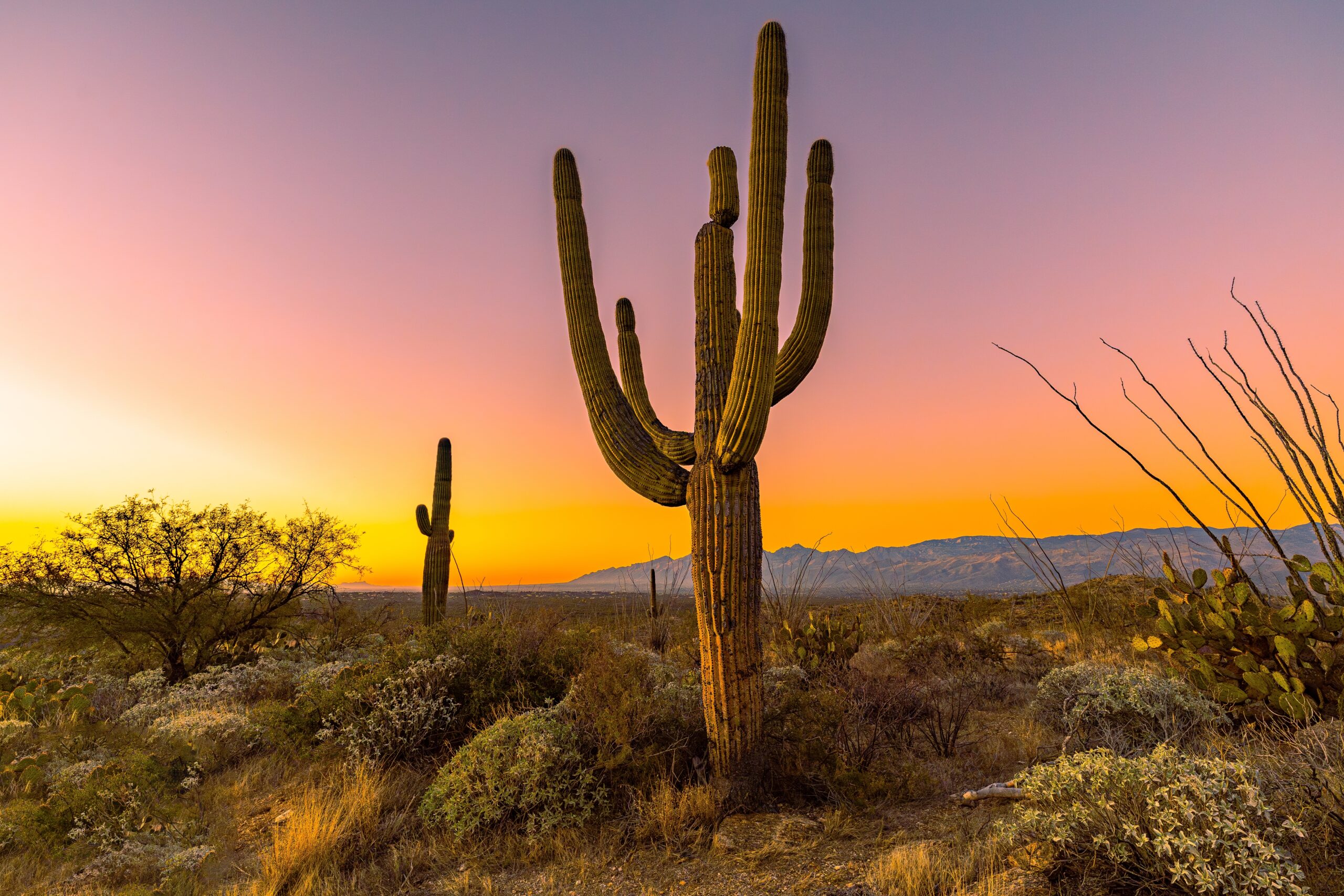
The Saguaro cactus stands tall in the Sonoran Desert, an iconic symbol of the American Southwest. This giant cactus can grow over 40 feet tall, with some living for more than 150 years. It has thick, pleated skin that expands to store water during rare desert rains. Saguaros have shallow roots spread wide to capture any available moisture quickly. Its spines protect it from herbivores while also providing shade to its surface. The Saguaro blooms large white flowers at night, attracting pollinators like bats.
Puya raimondii (Andes Mountains, South America)
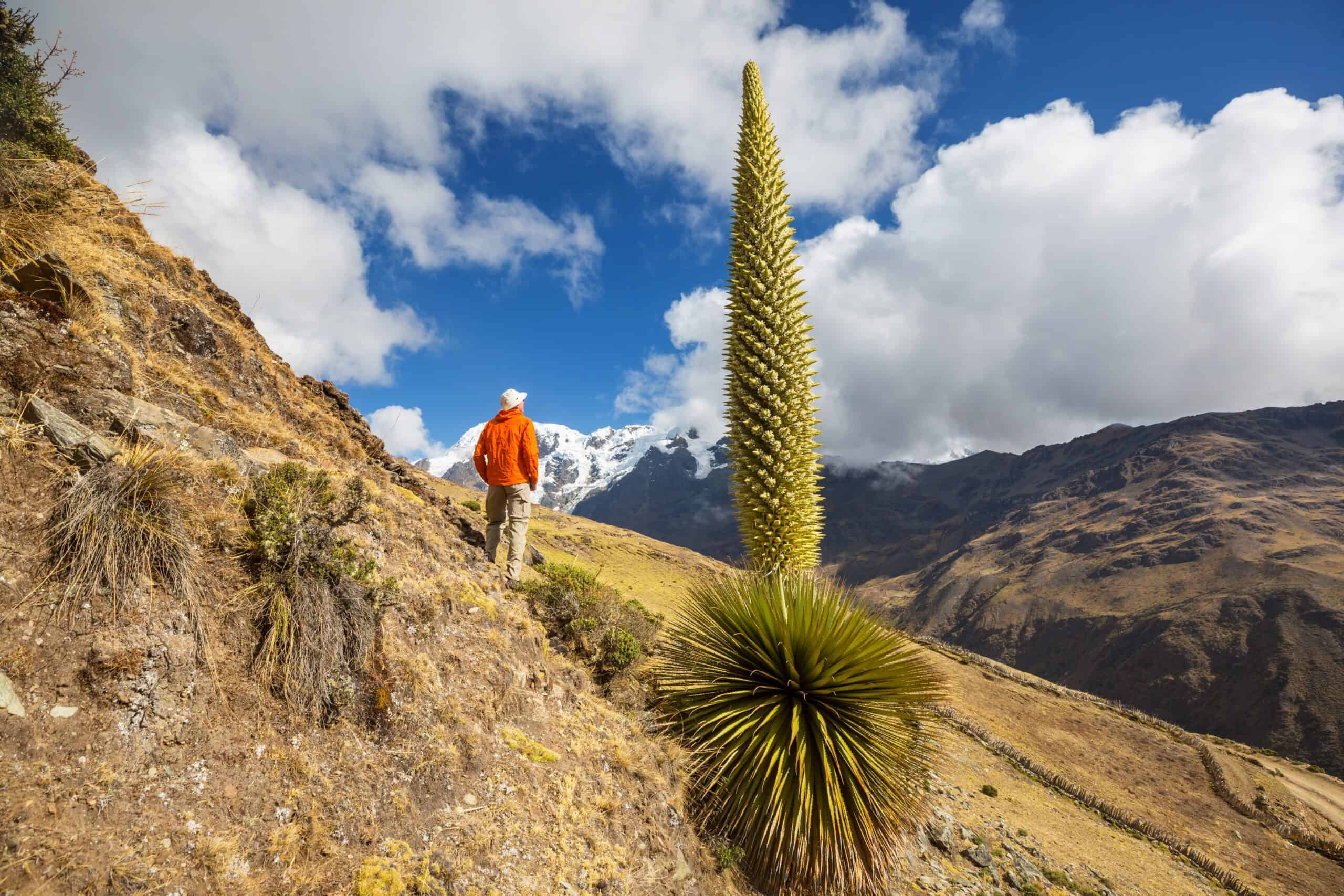
Puya raimondii, the Queen of the Andes, is a towering marvel of nature. It grows at high altitudes in the Andean mountains, where temperatures can drop significantly. This plant can take up to a century to bloom, producing a spike over 30 feet tall covered in thousands of flowers. Its thick, spiny leaves deter grazing animals from eating it. Puya raimondii’s deep roots anchor it firmly against strong mountain winds. The plant relies on its substantial water reserves to survive the harsh mountain climate.
Arctic Willow (Arctic Tundra, North America and Eurasia)
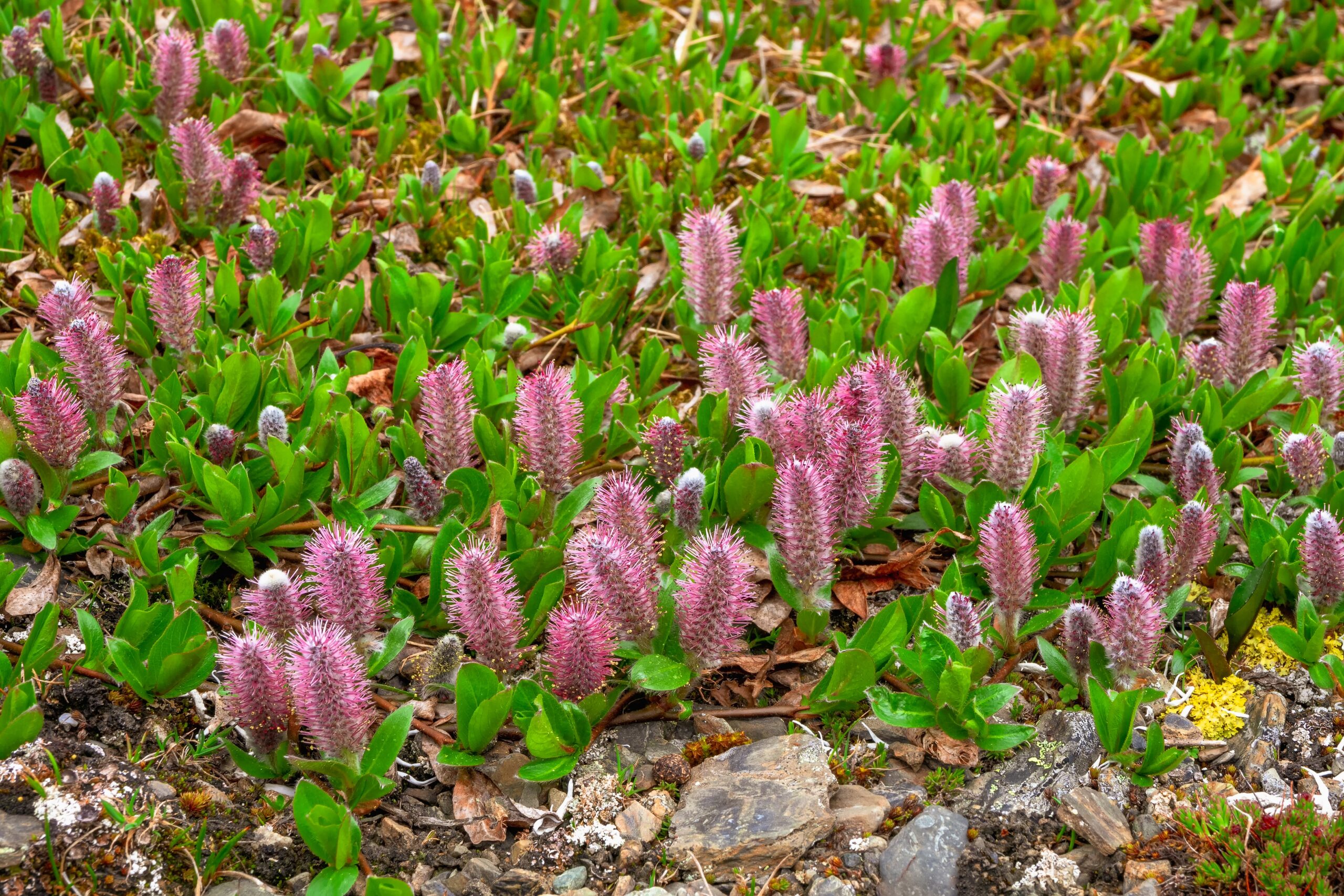
Arctic Willow is a small, hardy shrub that thrives in the cold, barren tundra. It grows close to the ground, which helps it avoid the freezing winds. Its leaves are covered in fine hairs, protecting it from frost and reducing water loss. Arctic Willow’s roots spread horizontally to maximize nutrient uptake in the shallow, nutrient-poor soil. It has a unique adaptation to photosynthesize at very low temperatures. This plant serves as a crucial food source for animals like caribou in the Arctic.
Dragon’s Blood Tree (Socotra Island, Yemen)
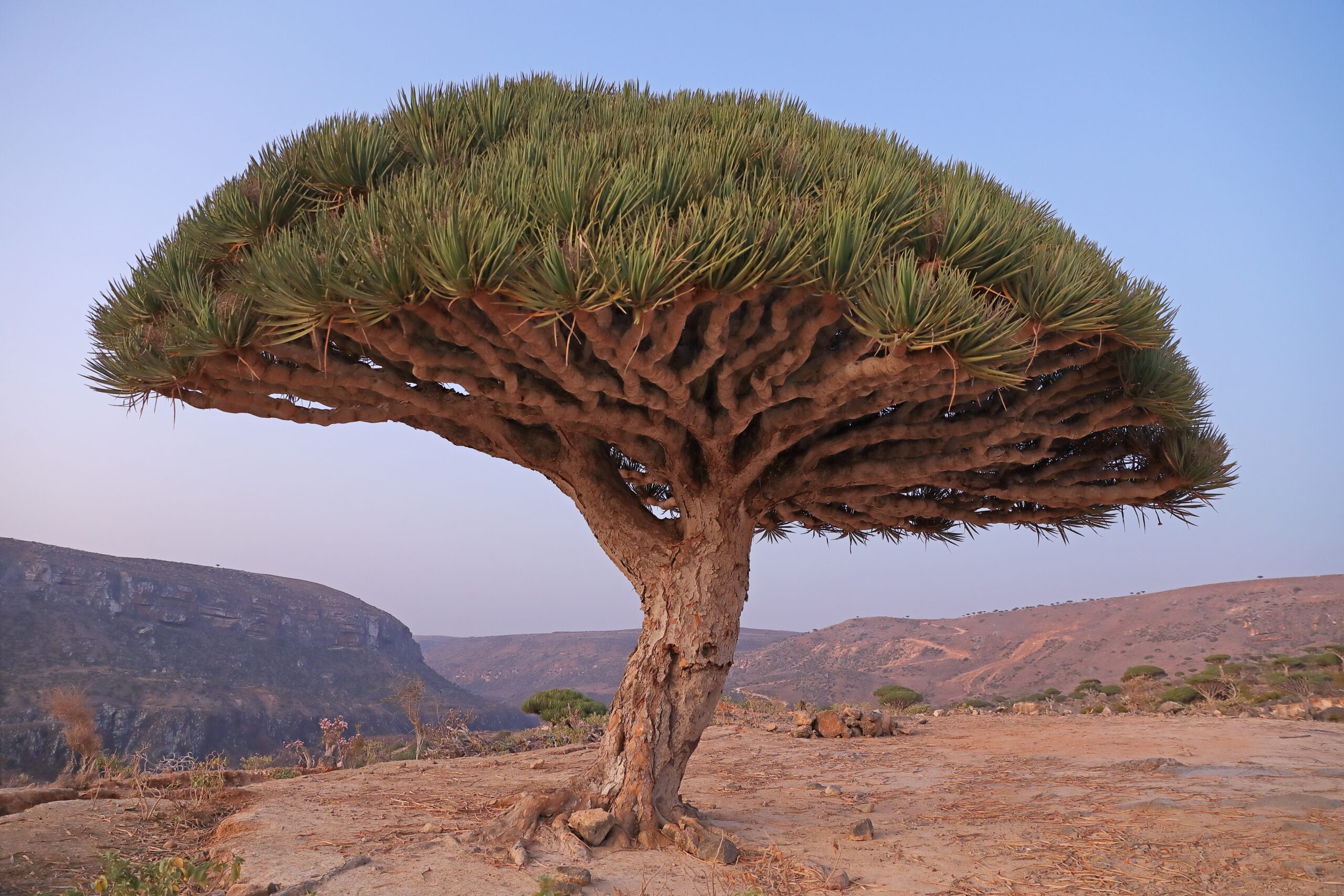
The Dragon’s Blood Tree is a striking and ancient tree found only on Socotra Island. It gets its name from the red sap it produces, which locals believe has medicinal properties. The tree’s umbrella-like shape helps it survive in arid conditions by reducing water loss through evaporation. Its thick, waxy leaves are designed to withstand intense heat and conserve moisture. The tree’s shallow roots absorb any available moisture from the rocky soil. Dragon’s Blood Trees can live for hundreds of years, enduring the harsh, dry climate.
Bristlecone Pine (Western United States)
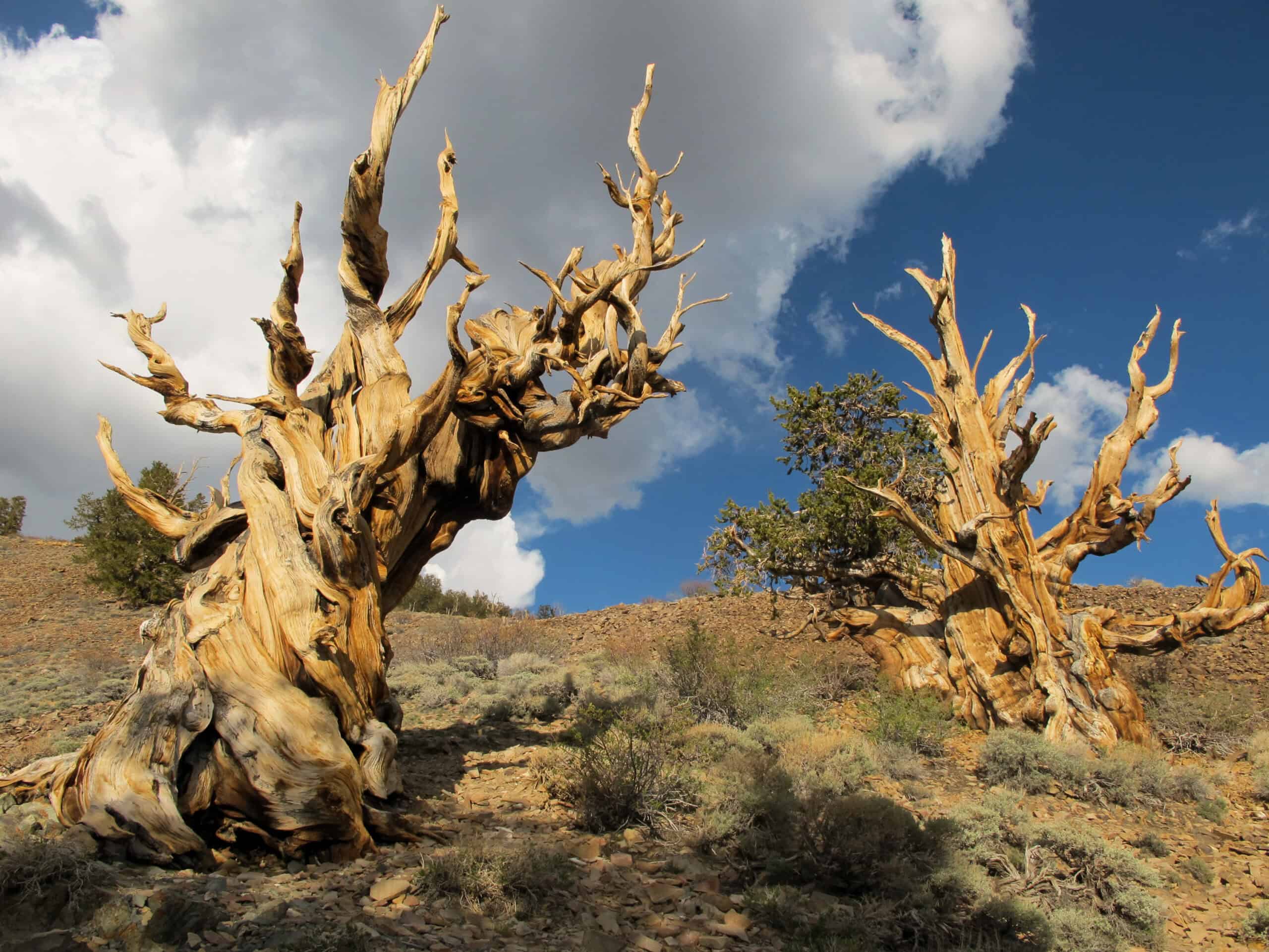
Bristlecone Pines are among the oldest living trees, with some specimens over 5,000 years old. They grow in the high, rocky mountains of the western United States, where the environment is harsh. The wood of Bristlecone Pines is dense and resin-rich, which helps resist decay. These trees can survive extreme conditions, including cold, drought, and high winds. Their slow growth and ability to photosynthesize even in poor soil conditions are key to their longevity.
Baobab Tree (Madagascar, Africa)
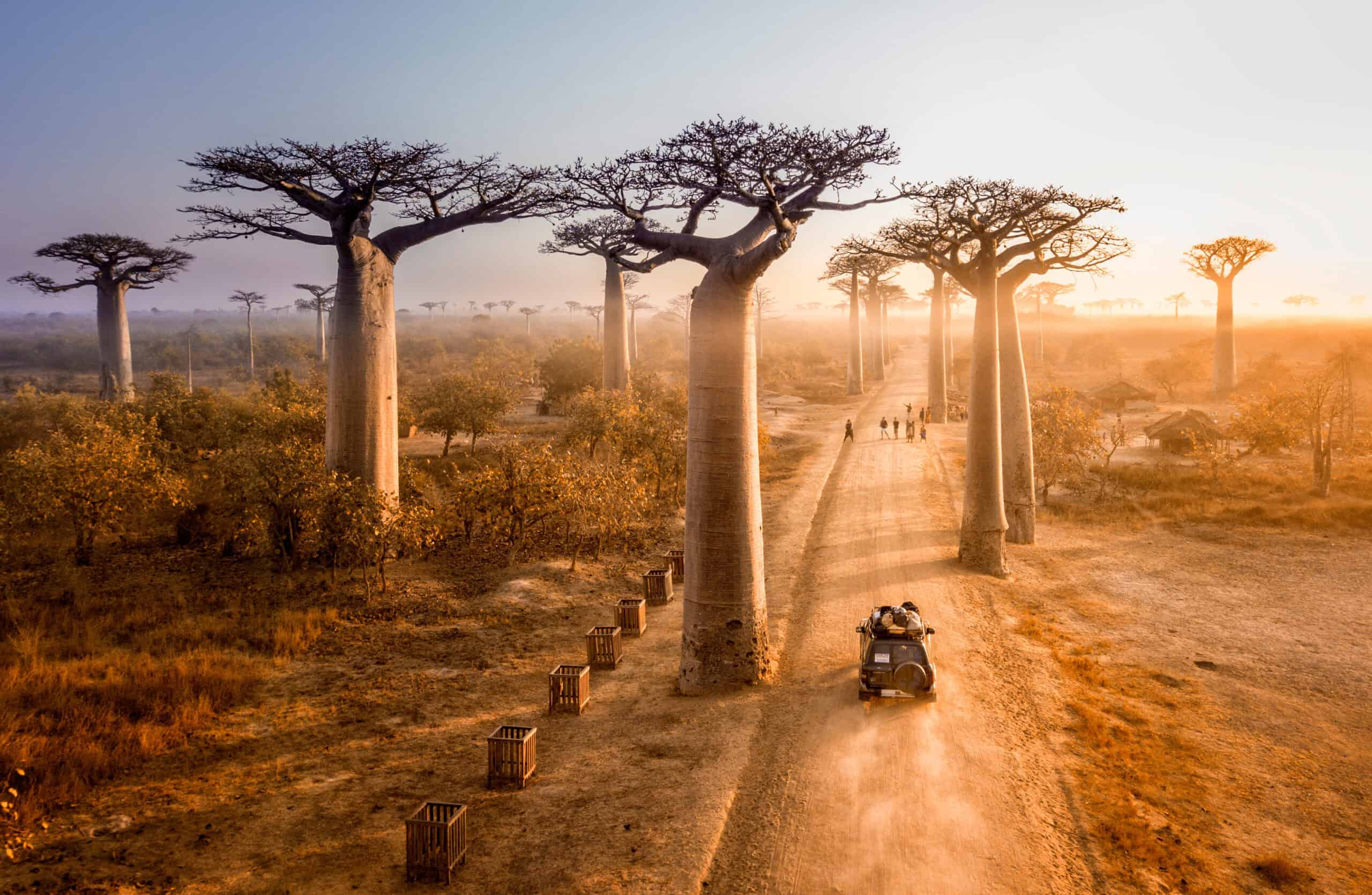
The Baobab Tree, often called the “Tree of Life,” is a massive, distinctive tree found in Madagascar. Its thick, water-storing trunk allows it to survive long dry seasons. The bark is smooth and fire-resistant, protecting the tree from wildfires. Baobabs shed their leaves during dry periods to conserve water. The tree’s roots spread wide to capture moisture and nutrients from the soil. Baobabs can live for thousands of years, providing shelter, food, and water to many species.
Lithops (Southern Africa)
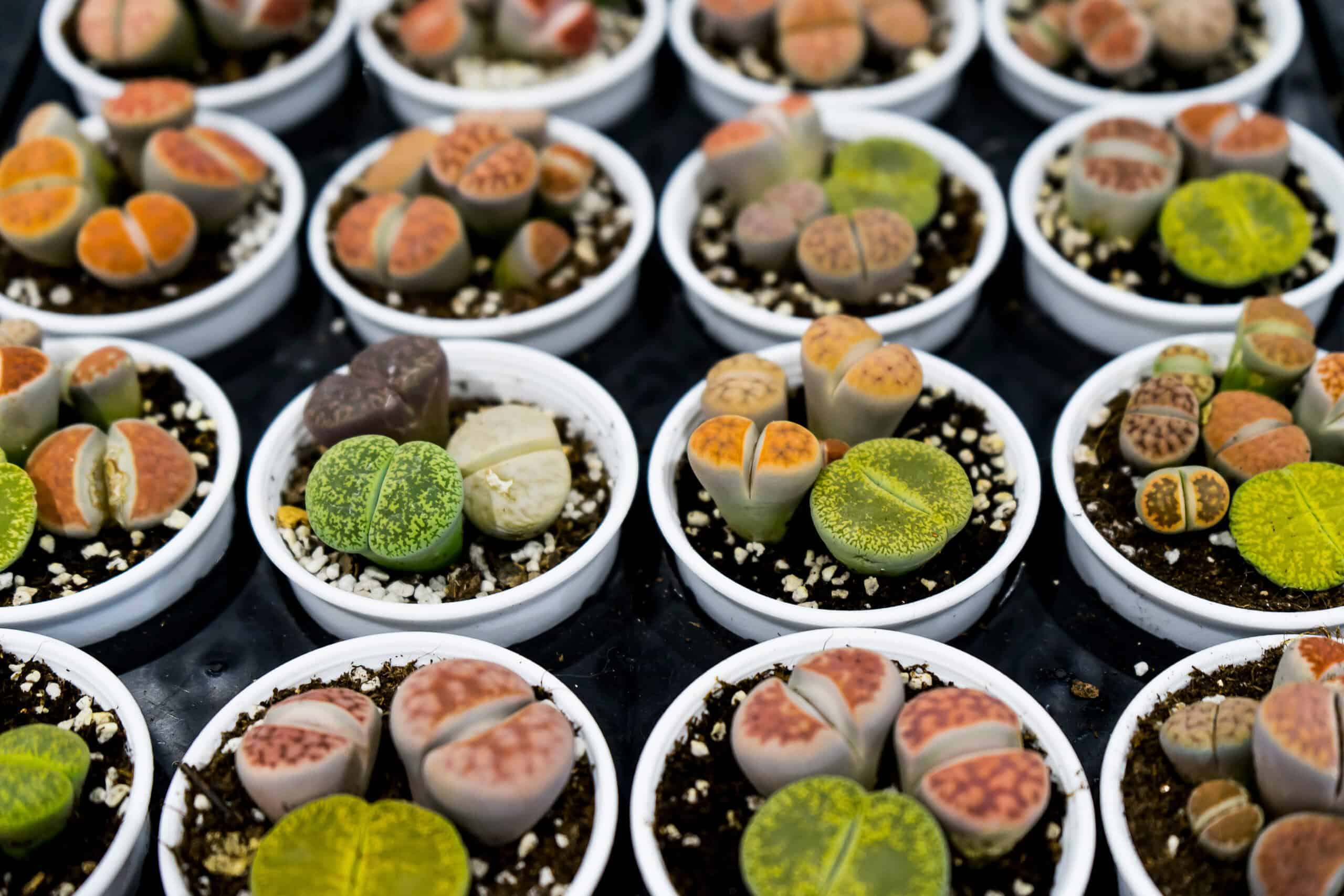
Lithops, also known as “living stones,” are small succulents that mimic the appearance of rocks. This camouflage protects them from being eaten by animals in the harsh deserts of Southern Africa. Lithops have a unique adaptation where only the top part of the plant, containing the photosynthetic cells, is exposed. The rest of the plant remains underground, reducing water loss. They store water in their thick, fleshy leaves, enabling them to survive long periods without rain. Lithops bloom with beautiful, daisy-like flowers that emerge between the “stone” leaves.
Socotra Desert Rose (Socotra Island, Yemen)
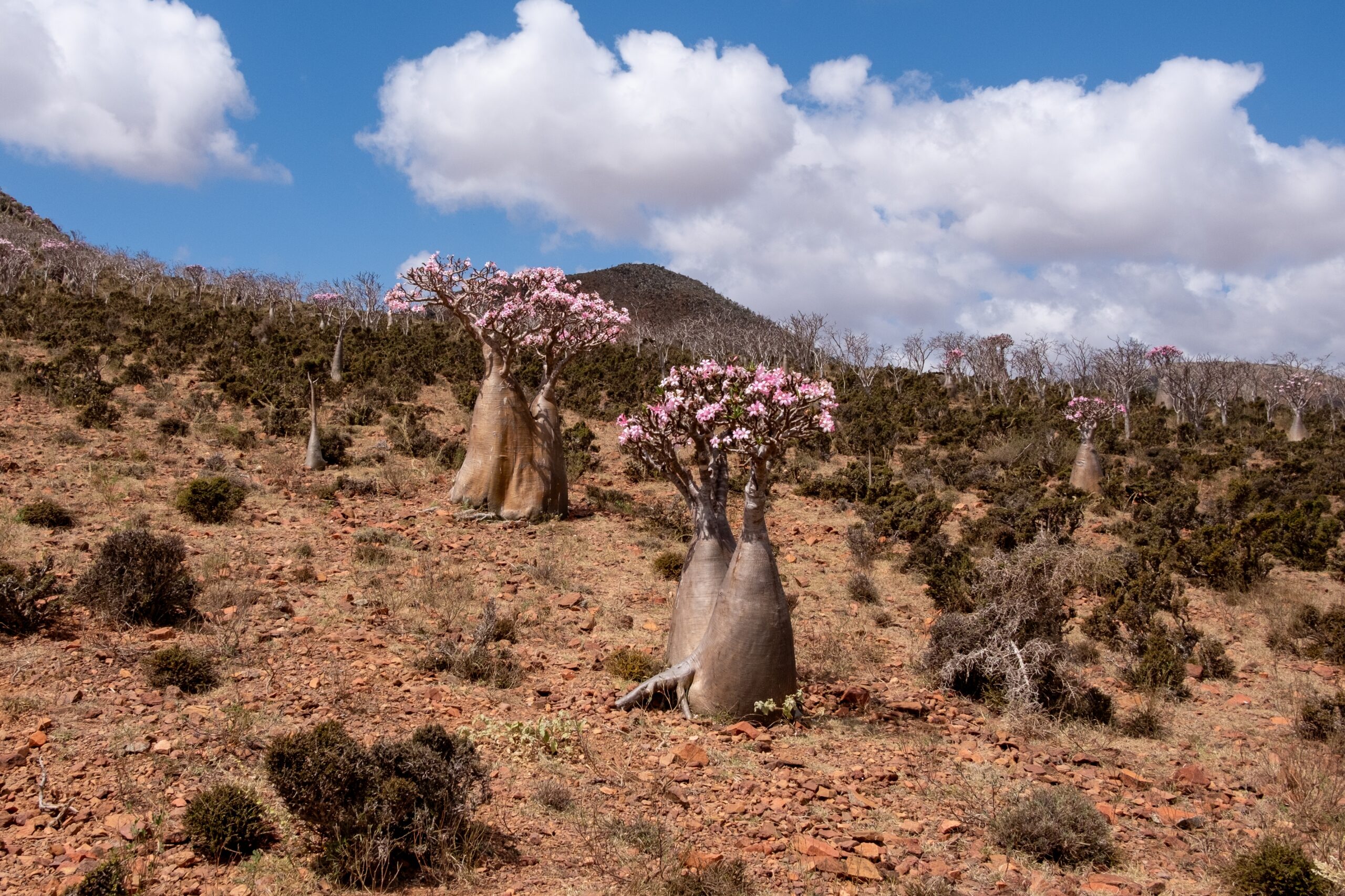
The Socotra Desert Rose is a striking plant native to the harsh environment of Socotra Island. Its bulbous trunk stores water, allowing it to survive long periods of drought. The plant’s thick, leathery leaves minimize water loss in the hot, arid climate. Bright pink flowers bloom despite the harsh surroundings, adding color to the rocky landscape. The Socotra Desert Rose is well-adapted to the island’s extreme conditions, thriving where few others can.
Tumbleweed (Deserts of North America)
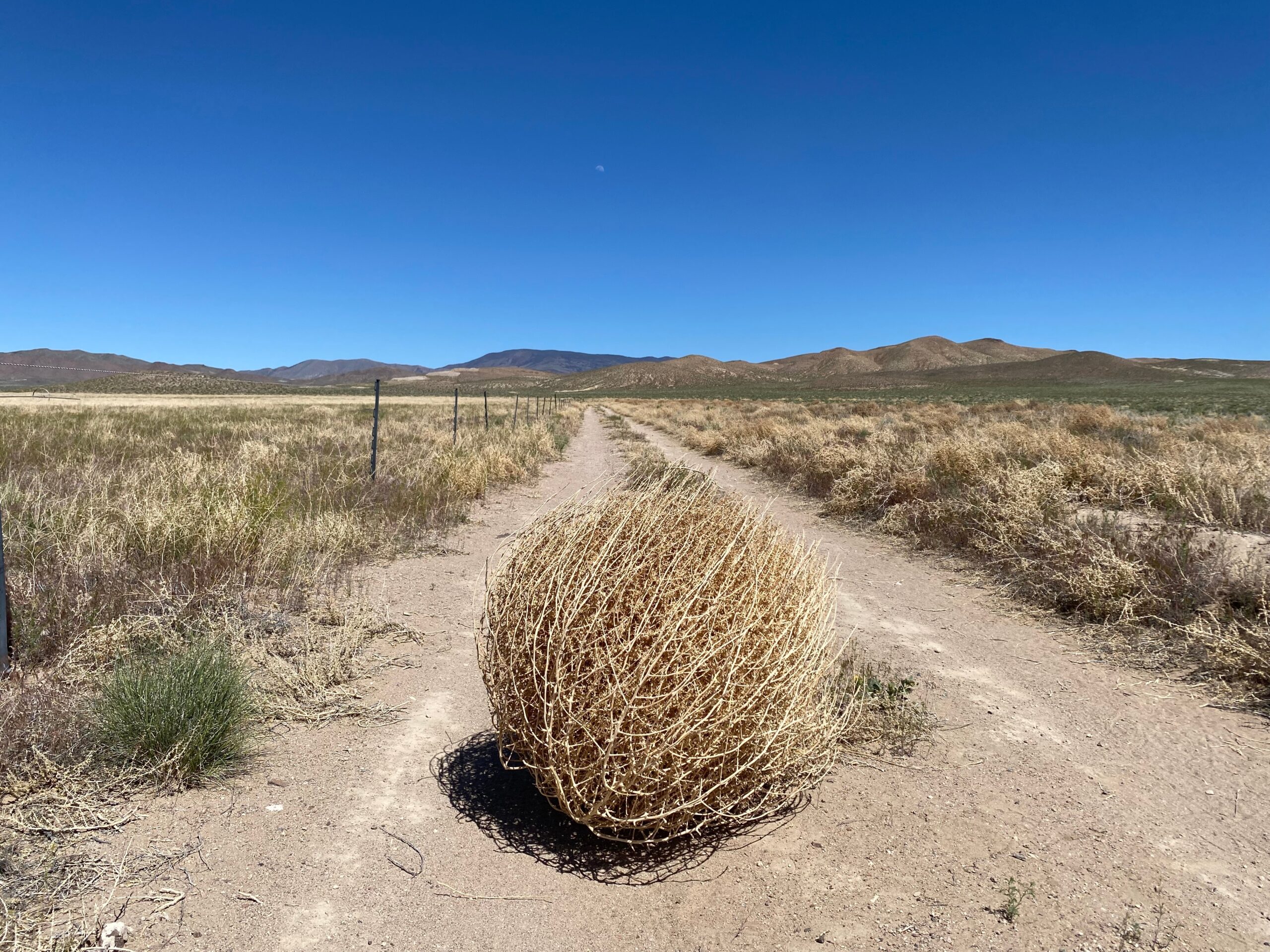
Tumbleweeds are a well-known symbol of the American desert. These plants have a unique method of seed dispersal. When mature, the entire plant detaches from its roots and rolls across the desert, spreading seeds as it moves. Tumbleweeds are highly drought-resistant, surviving in the dry, sandy soils of North American deserts. Their rapid growth and ability to produce numerous seeds ensure their survival in extreme environments.
Resurrection Plant (Chihuahuan Desert, North America)
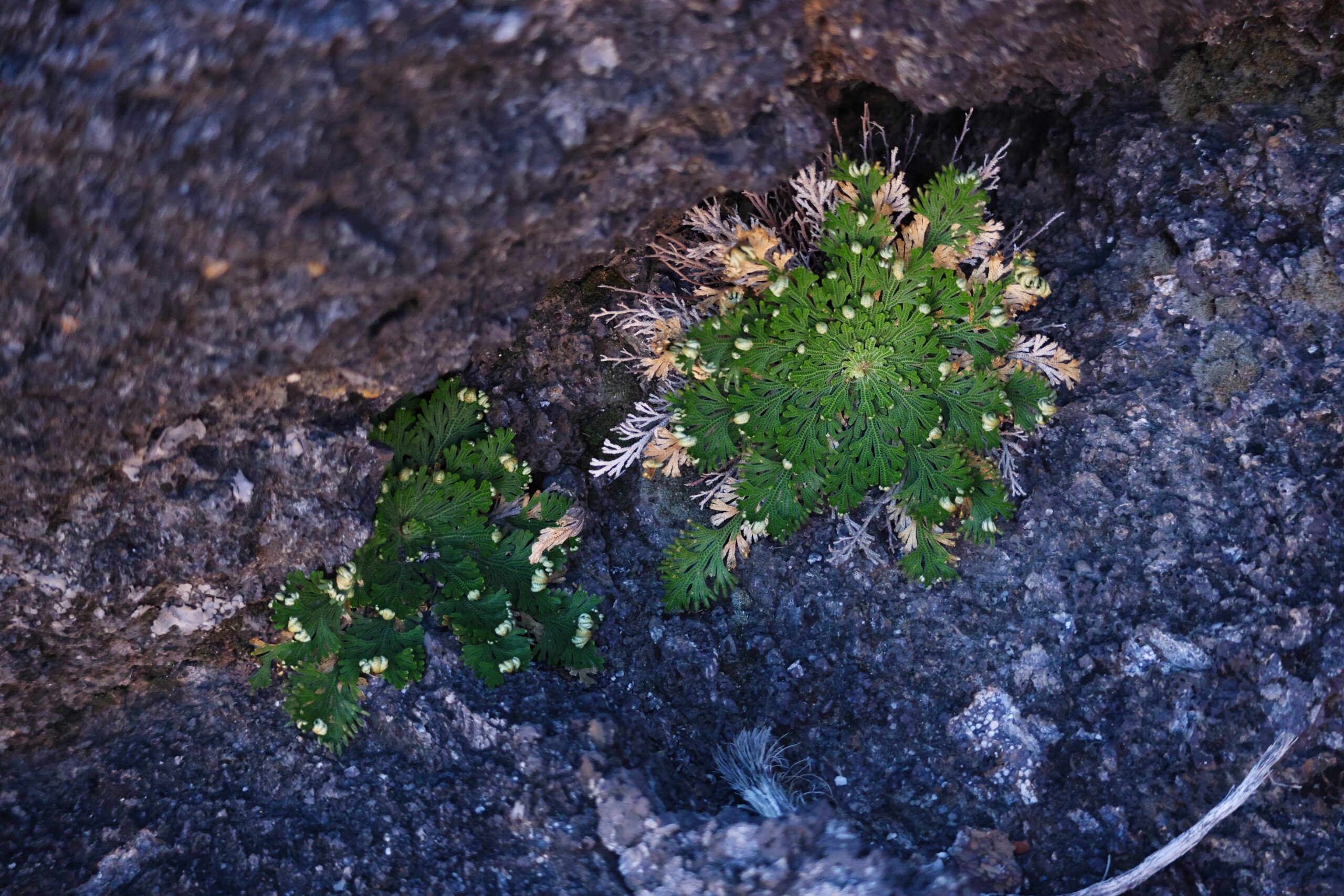
The Resurrection Plant is famous for its ability to “come back to life.” In dry conditions, it curls up into a tight ball, appearing dead. When exposed to moisture, it unfurls and turns green within hours. This remarkable adaptation allows it to survive long periods of drought in the Chihuahuan Desert. The plant’s ability to go dormant during dry spells is key to its survival in harsh desert conditions.
Giant Sequoia (Sierra Nevada Mountains, USA)
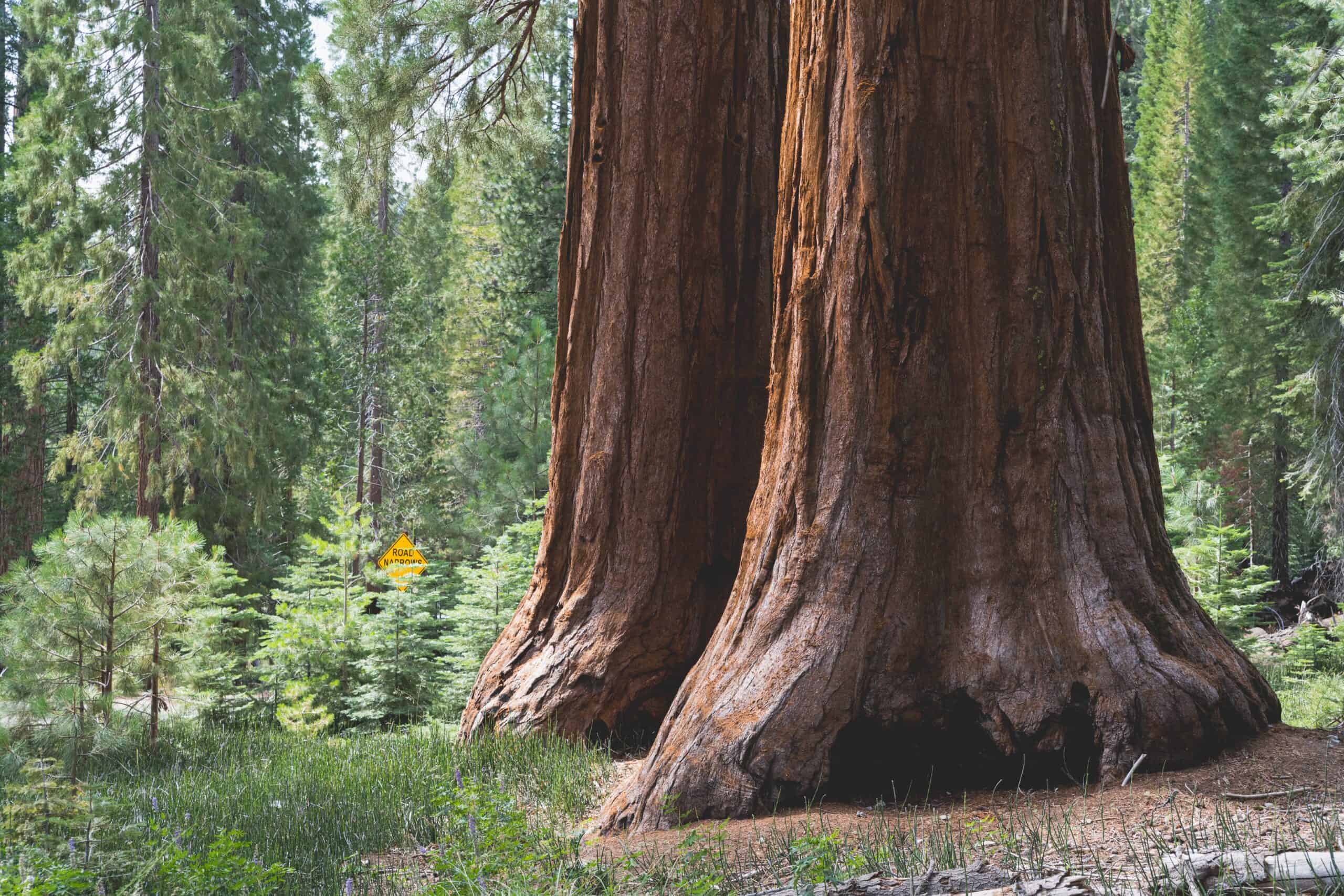
Giant Sequoias are among the largest and oldest trees on Earth. These massive trees thrive in the Sierra Nevada Mountains, enduring cold winters and dry summers. Their thick bark is fire-resistant, protecting them from wildfires that occur in their natural habitat. Giant Sequoias have deep roots that allow them to access water from deep underground. Their incredible size and longevity are testaments to their adaptation to extreme mountain conditions.
Pitcher Plant (Bogs of Southeast Asia)
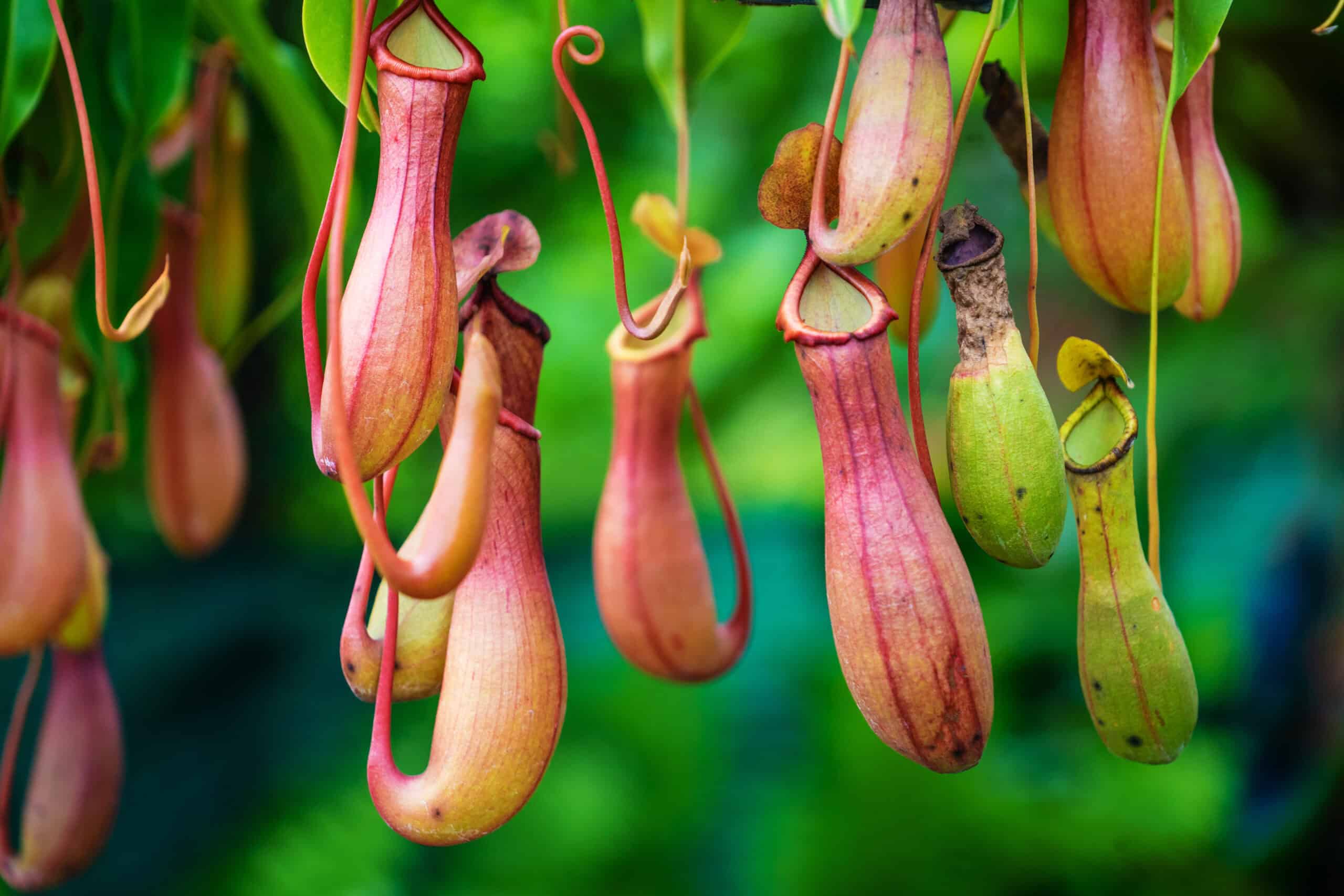
Pitcher Plants are carnivorous plants found in the nutrient-poor bogs of Southeast Asia. They have modified leaves that form deep, water-filled pitchers. Insects are attracted to the plant’s nectar, slipping into the pitcher where they are trapped and digested. This adaptation allows the Pitcher Plant to obtain nutrients in environments where the soil is too poor to sustain other plant life. The plant’s unique feeding strategy is key to its survival in these harsh, boggy environments.
Creosote Bush (Mojave Desert, North America)
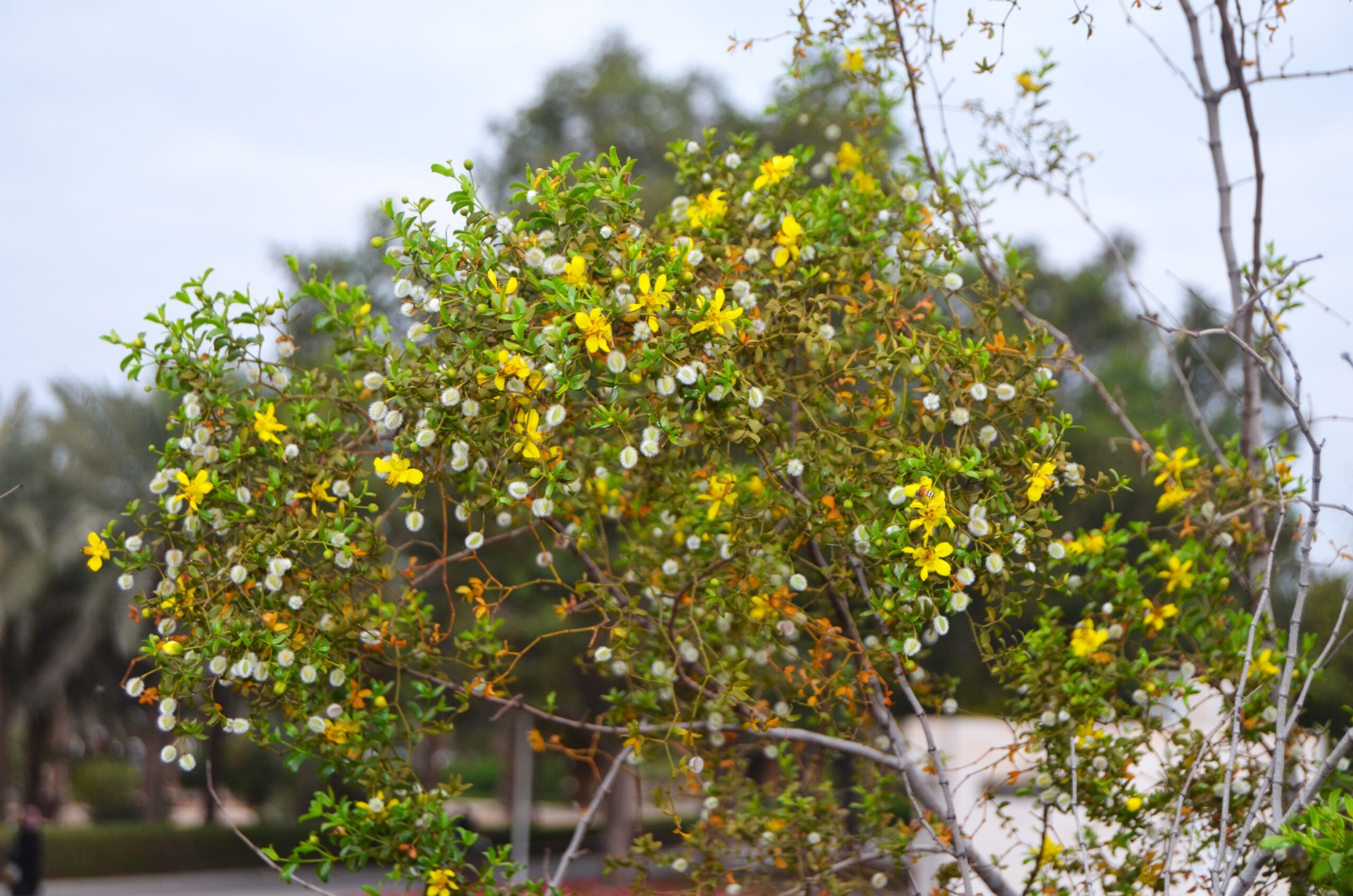
The Creosote Bush is a hardy plant that dominates the Mojave Desert. It has small, waxy leaves that reduce water loss in the scorching desert heat. The bush’s roots spread wide and deep, allowing it to access moisture from a large area. Creosote Bushes can live for thousands of years, forming large, clonal colonies. Their ability to survive extreme heat and drought makes them one of the most resilient plants in the desert.
Ice Plant (Coastal Deserts of Southern Africa)
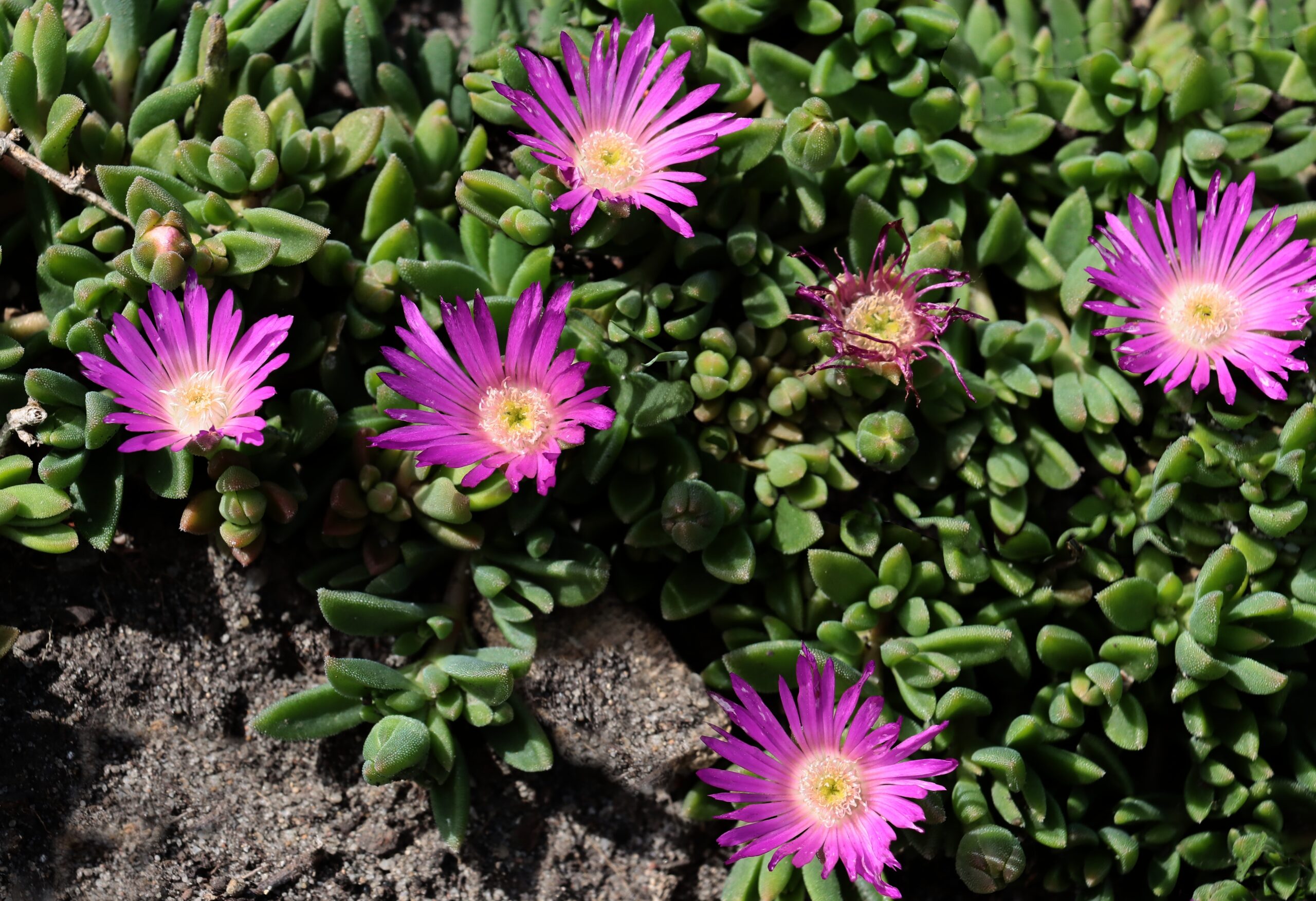
Ice Plants are well-suited to the harsh coastal deserts of Southern Africa. Their thick, succulent leaves store water, allowing them to survive long dry periods. The leaves are covered in tiny, transparent hairs that reflect sunlight, reducing evaporation. Ice Plants also have a unique way of spreading, with their stems growing along the ground and rooting at intervals. This adaptation helps them colonize large areas of the harsh, sandy desert.
Australian Grass Tree (Australia)
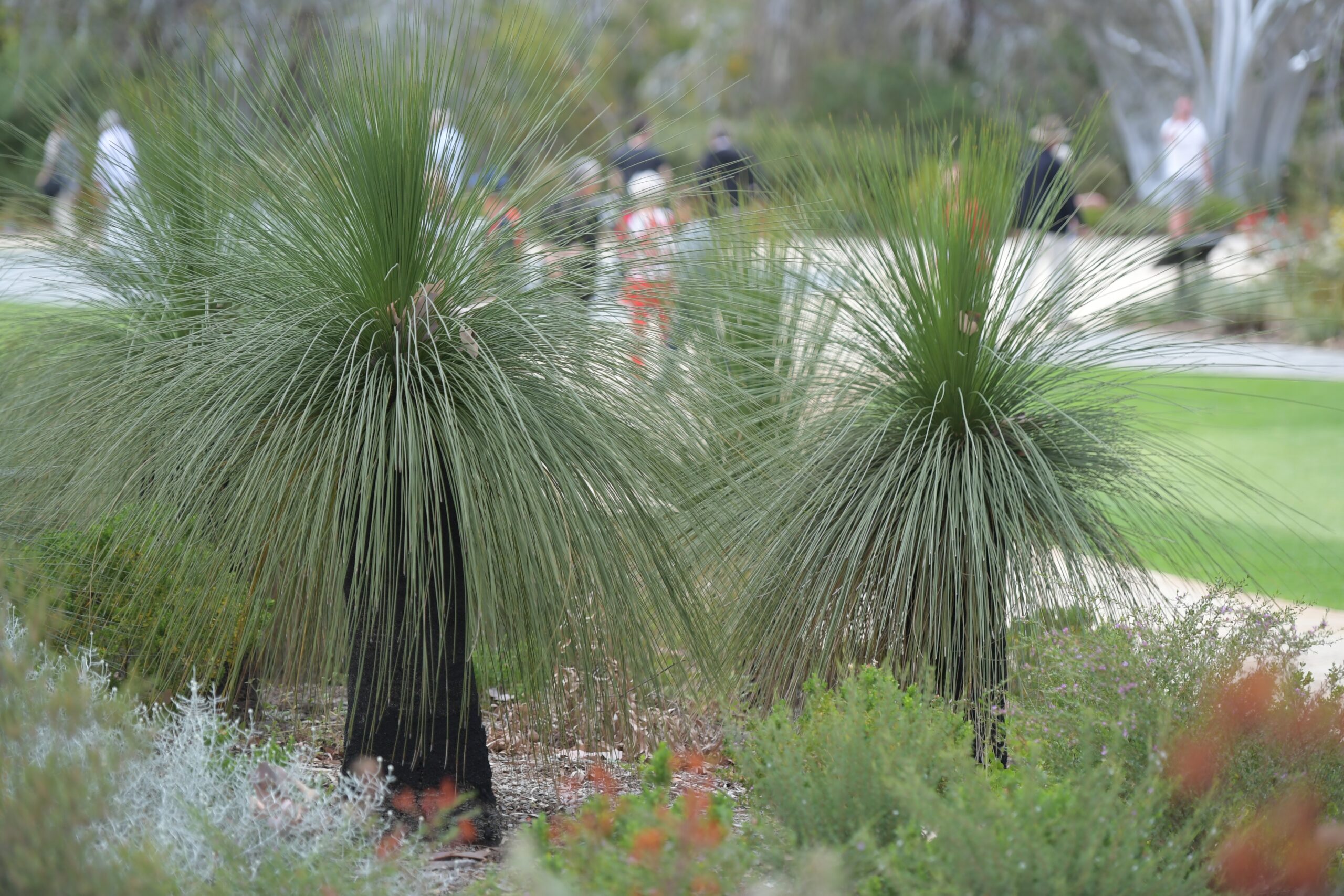
The Australian Grass Tree is a unique plant native to the fire-prone environments of Australia. It has a thick, fibrous trunk that can survive intense wildfires. The plant’s long, narrow leaves grow from the top of the trunk, forming a dense tuft. After a fire, the Grass Tree rapidly produces new growth, taking advantage of the cleared landscape. This resilience to fire and ability to thrive in poor soils make the Australian Grass Tree well-adapted to Australia’s extreme conditions.
This article originally appeared on Rarest.org.
More from Rarest.org
14 Ancient Temples with Unsolved Mysteries
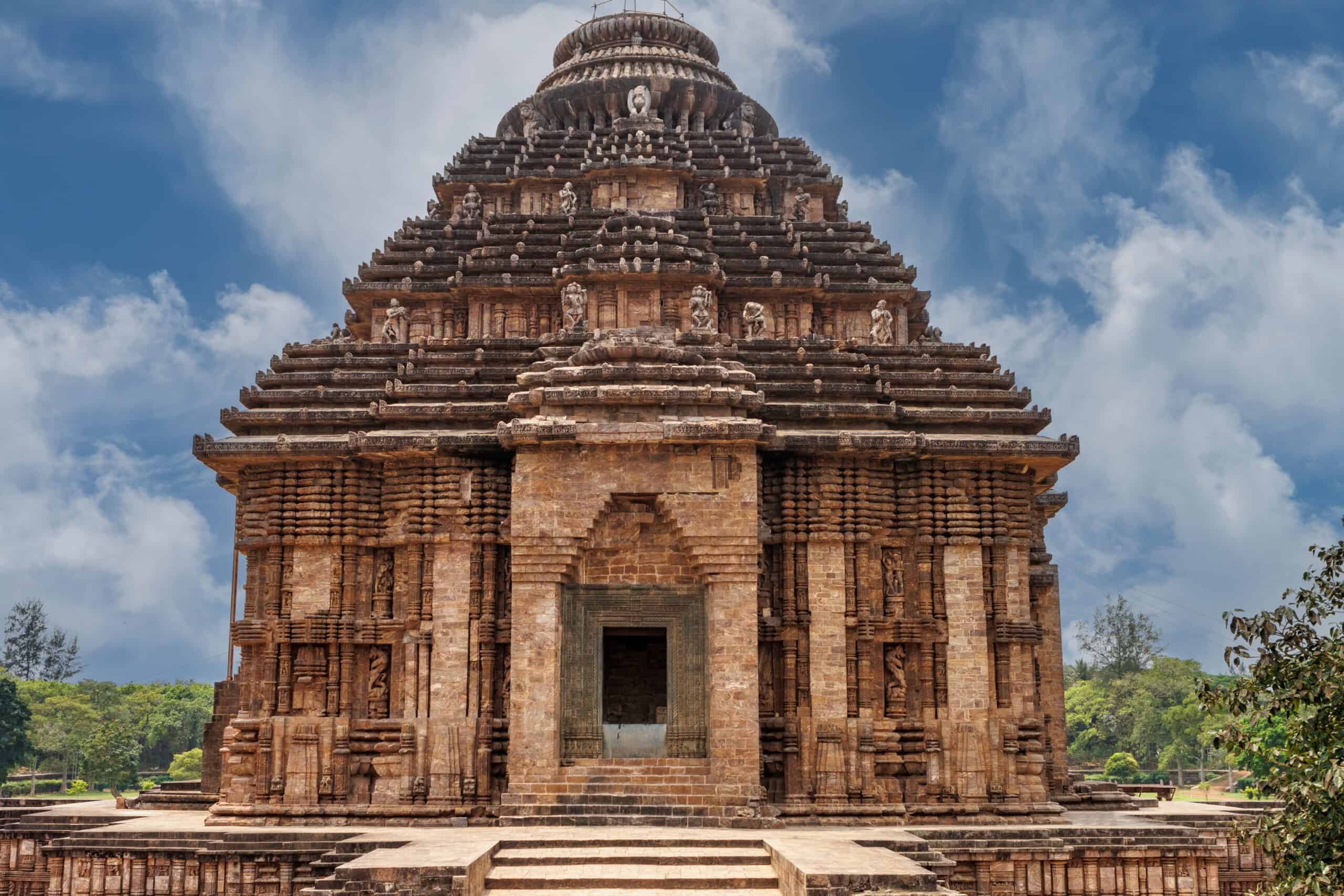
Temples from ancient times have always fascinated historians and archaeologists. Some of these sacred places hold mysteries that remain unsolved to this day. Read More.
9 Unexpected Materials Used in Contemporary Art

Contemporary art constantly pushes the boundaries of creativity. Artists today use unexpected materials to challenge conventional notions of what art can be. Read More.
1944 Washington Quarter Value Guide

The 1944 Washington silver quarter is among the most interesting coins to collect. Many coin enthusiasts look for it because of its premium value and composition. Read More.
